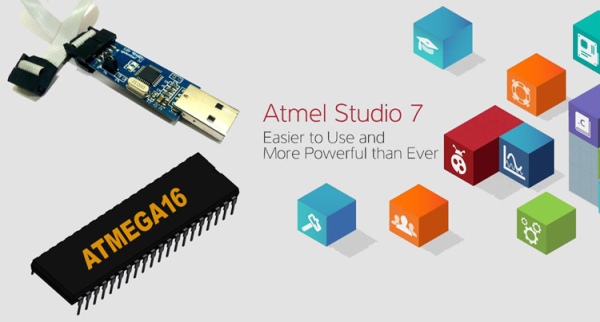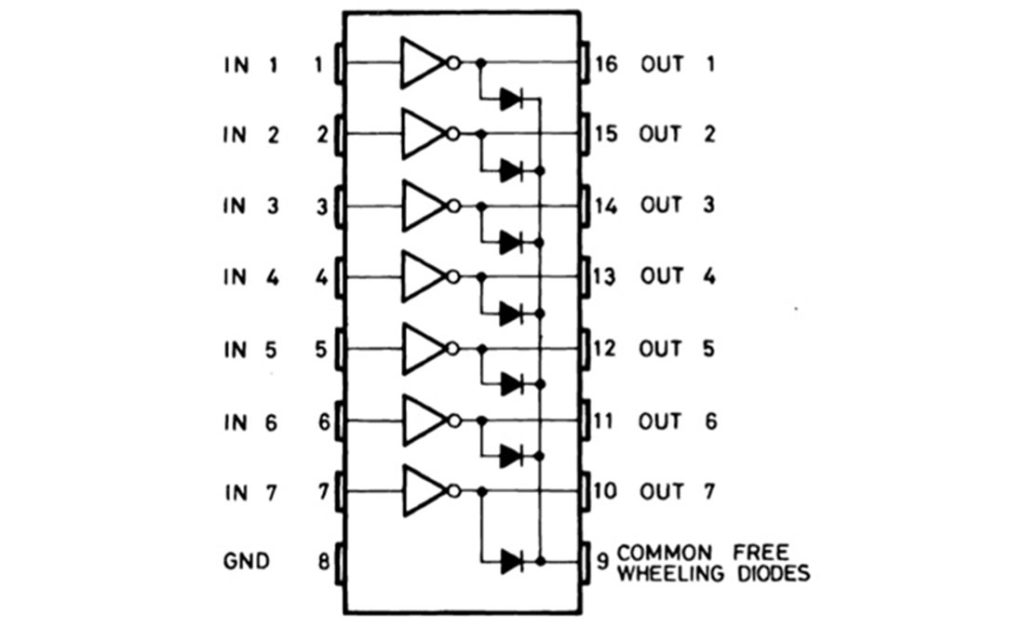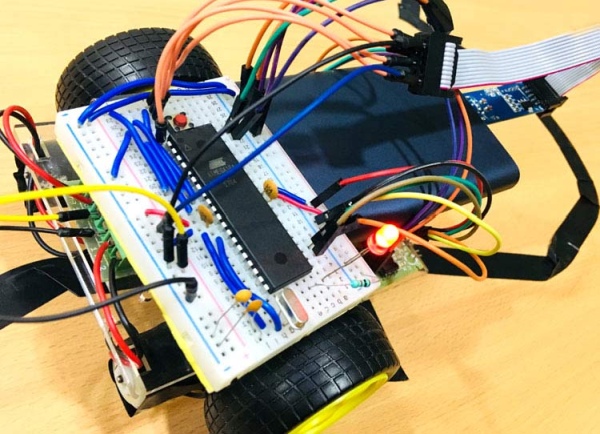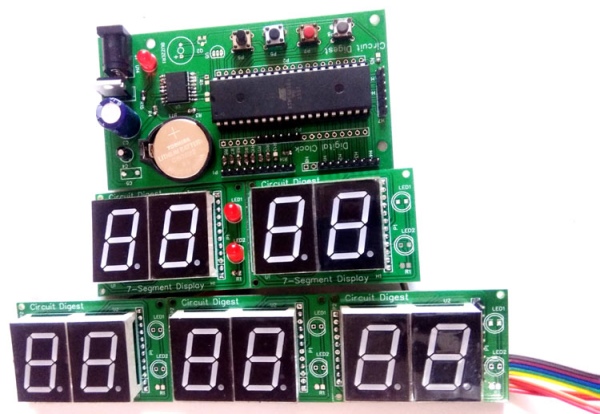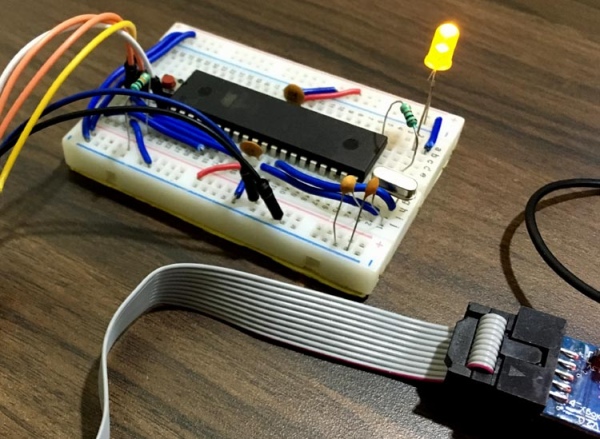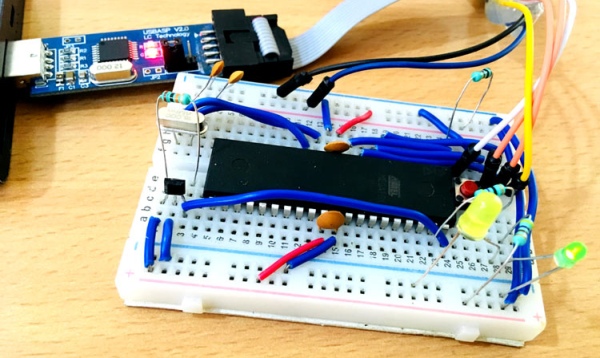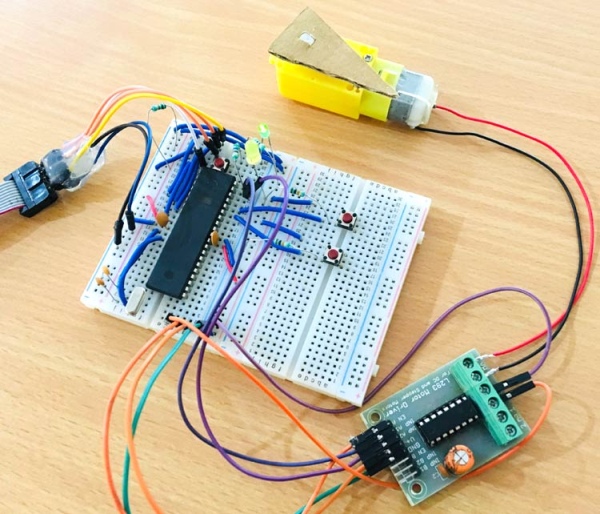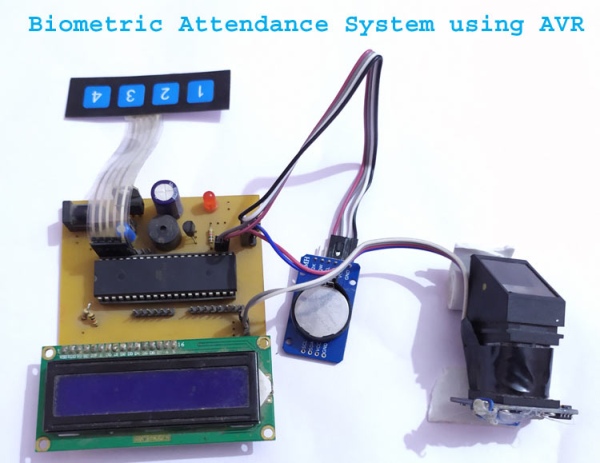How to Program AVR Microcontroller Atmega16 Using USBASP programmer and Atmel Studio 7.0
There are several ways to program AVR microcontrollers. We are programming it with USBASP v2.0 serial programmer. For demonstration we will use ATmega16 Microcontroller and Atmel Studio. We will test the programmer with a blink sketch. Below are the steps to burn the code into Atmega ICs using USBASP JTAG and Atmel Studio: Installing USBASP […]
How to Program AVR Microcontroller Atmega16 Using USBASP programmer and Atmel Studio 7.0 Read More »

